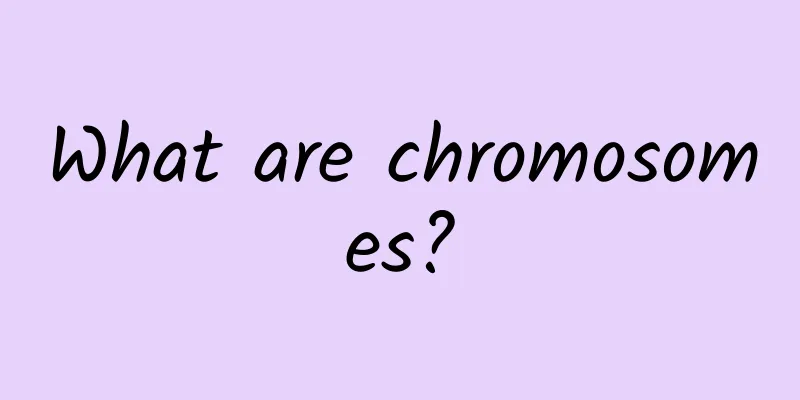Platelet 2

|
I don’t know if you have ever met such a person in your daily life. If this kind of person bleeds after being injured, it is very difficult to stop his bleeding. Such people generally have a relatively low platelet count in their bodies. If the platelet count in the human body is too low, it will cause other diseases, so special attention should be paid to the condition of low platelets. So what should be done when the platelet value is two? The platelet count is reduced to 2. First of all, we know that the normal platelet count is between one hundred and three hundred times ten to the ninth power per liter. So if the platelet count is reduced to two times ten to the ninth power per liter, then this disease has the risk of bleeding, and we must pay attention to it. Normal platelets have the function of stopping bleeding. We must pay attention to patients whose platelet count drops sharply. First of all, we need to find out the cause of thrombocytopenia. First, we can do a bone marrow cytology puncture. If we find an increase in aggregated cells and a decrease in mature platelets, we consider it to be primary immune thrombocytopenic purpura. This disease requires the use of hormones for treatment. For patients with too low platelet counts or even at risk of bleeding, we should make an appointment for platelet transfusion to prevent major bleeding. If necessary, intravenous immunoglobulin blocking antibody treatment can be used. When blood is damaged and bleeding occurs, there are many mechanisms for hemostasis and coagulation, but most of them are related to the role of platelets. They can be summarized as follows: 1. Constrict blood vessels and help temporarily stop bleeding The hemostatic effect of platelets is achieved through the release of vasoconstrictor substances, platelet aggregation to block damaged blood vessels and promote coagulation. Platelets can release vasoconstrictors such as serotonin and catecholamine, which can close damaged blood vessels to varying degrees, while reducing blood flow in the vessels to prevent blood loss. Giant platelets 2. Form a hemostatic plug to block the rupture of the blood vessel Platelets easily adhere to and deposit on the collagen fibers exposed by damaged blood vessels, aggregate into clumps and form hemostatic thrombi. The thrombi directly block the blood vessel ruptures, which not only play a blocking role but also maintain the integrity of the blood vessel walls. 3. The coagulation effect of platelets Releases substances that promote blood clotting, accelerating the formation of blood clots at the site of a ruptured blood vessel. The coagulation function of platelets: Platelet factor 3 provides a phospholipid surface to adsorb most coagulation factors, thereby increasing the speed of the coagulation reaction. Platelet coagulation process The damaged blood vessels or tissues produce some factors, which activate the intrinsic and exogenous coagulation systems. Under the combined action of different factors released by platelets, a series of enzymatic biochemical chain reactions are completed within minutes, eventually leading to the conversion of soluble fibrinogen in plasma into insoluble fibrin. The molecular weight of fibrinogen is about 340,000. Under an electron microscope, several peptide chains form a spirally coiled quaternary structure, which appears to be clumpy overall. Fibrin is in the form of long, thin threads that interweave into a network, thus entangling blood cells and forming a gel-like blood clot. 4. Release antifibrinolytic factors to inhibit the activity of the fibrinolytic system Fibrin in plasma is easily degraded under the action of the fibrinolytic system. Because platelets contain antifibrinolytic factors that inhibit the activity of the fibrinolytic system, the formed blood clot will not collapse. 5. Nourish and support capillary endothelium 6. Promote blood circulation Platelets are the smallest blood cells in the blood. The normal platelet count in human blood is 100×10^9/L to 300×10^9/L, accounting for 0.3% of the blood volume. The platelet count in women can be reduced by 50% to 75% during menstruation, and the content in young children is slightly lower. About 2/3 of platelets are in the peripheral blood circulation, and 1/3 are in the spleen, and they are exchanged between the two. |
<<: At what age does a man's sexual function end?
Recommend
What is the function of croton?
I believe everyone is familiar with the word &quo...
What causes typhoid fever? How to treat it?
The fog, dew, rain and humidity in spring and aut...
Can children eat Pseudostellaria heterophylla?
The Chinese culture of our country is broad and p...
Traditional Chinese medicine can treat facial paralysis in different ways at different times
Facial paralysis is a disease that poses a seriou...
What are the drugs that promote gastrointestinal motility?
Many people who are in good health have stronger ...
Naloxone hydrochloride sublingual tablets for hangover
Naloxone hydrochloride sublingual tablets are qui...
How to treat coronary heart disease
Various cardiovascular and cerebrovascular diseas...
How to treat heart failure? Etiology treatment is key
Heart failure normally refers to heart failure, w...
Why do I feel tired and sleepy?
From a physiological point of view, if you often ...
What to do if you have stomach fire
Many people experience hot palms and soles all ye...
Can pregnant women eat Kewpie salad dressing?
As we all know, pregnant women have to avoid many...
Symptoms of varicose veins in the lower legs
Varicose veins in the lower legs are a common and...
Can heart failure of grade 4 be recovered?
Stage 4 heart failure means that the heart functi...
Hypertension precautions
Hypertension is a common disease. This type of di...
How to treat uterine cold quickly and best
Some women are prone to cold hands and feet and d...









